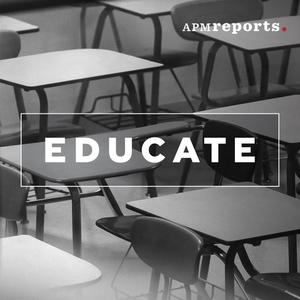
Educate
APM Reports
Stories about education, opportunity, and how people learn. From APM Reports.
- 34 minutes 4 secondsIntroducing: Sold a Story
Emily Hanford introduces the first episode of her new podcast, Sold a Story.
There's an idea about how children learn to read that's held sway in schools for more than a generation — even though it was proven wrong by cognitive scientists decades ago. Teaching methods based on this idea can make it harder for children to learn how to read. In this podcast, Hanford investigates the influential authors who promote this idea and the company that sells their work. It's an exposé of how educators came to believe in something that isn't true and are now reckoning with the consequences — children harmed, money wasted, an education system upended.
Subscribe: soldastory.org
20 October 2022, 5:05 am - 52 minutes 1 secondNo Excuses: Race and Reckoning at a Chicago Charter School
Producer DJ Cashmere spent seven years teaching Black and brown students at a Noble Street charter high school in Chicago. At the time, Noble followed a popular model called "no excuses." Its schools required strict discipline but promised low-income students a better shot at college. After DJ left the classroom to become a journalist, Noble disavowed its own policies — calling them "assimilationist, patriarchal, white supremacist, and anti-black." In this hour, DJ, who is white, revisits his old school as it tries to reinvent itself as an anti-racist institution. And he seeks out his former students to ask them how they felt about being on the receiving end of all that education reform, and what they think now about the time they spent in his classroom.
9 August 2022, 5:05 am - 22 minutes 13 secondsStanding in Two Worlds BONUS episode
Camille Leihulu Slagle is Native Hawaiian. She always knew she wanted to go away for college. Education would help her afford to stay in her homeland. Life in the islands is expensive. Camille wants to give back to her people through science, studying the volcanoes central to Hawaiʻi's landscape and culture.
Audio documentary: Standing in Two Worlds
4 August 2022, 5:05 am - 50 minutes 20 secondsStanding in Two Worlds: Native American College Diaries
Native American students are just a tiny fraction of all the college students in the United States. They come with different histories, confronting an education system once used to erase their languages and cultures. In this project, three Indigenous college students tell how they are using higher education to strengthen ties to their Native roots and support their people.
2 August 2022, 5:05 am - 51 minutes 3 secondsUnder Pressure: The College Mental Health Crisis
Even before the pandemic, campus counselling services were reporting a marked uptick in the number of students with anxiety, clinical depression and other serious psychiatric problems. What is a college’s responsibility for helping students navigate mental health challenges, and how well are colleges rising to the task?
Read more: Inside the college mental health crisis
19 August 2021, 5:05 am - 51 minutes 5 secondsFading Beacon: Why America is Losing International Students
Colleges and universities in the United States attract more than a million international students a year. Higher education is one of America’s top service exports, generating $42 billion in revenue. But the money spigot is closing. The pandemic, visa restrictions, rising tuition and a perception of poor safety in America have driven new international student enrollment down by a jaw-dropping 72 percent.
3 August 2021, 5:10 am - 20 minutes 22 secondsWho wants to be a teacher? Episode 4: This very leaky pipeline
Today, more Black and Hispanic teachers enter the classroom through alternative pathways than through traditional teacher degree programs. The number of teachers of color in the United States has more than doubled since the 1980s in large part due to the growing number of preparation and certification pathways and recruitment efforts from the federal level down. But there's a catch: Many of these teachers won’t stay for long, further undermining efforts to get diversity in the teacher labor force to reflect the diversity of students in the United States.
Learn more: Who wants to be a teacher?
28 July 2021, 5:04 am - 21 minutes 55 secondsWho wants to be a teacher? Episode 3: The trouble with grading teachers
Critics of the rise in alternative and for-profit programs will claim teacher quality, and student learning, suffers when people are fast-tracked into the classroom without comprehensive training. But it’s hard to know for certain whether that’s true. The problem is, despite decades of trying, we haven’t agreed on how to measure teacher quality. There’s a lot of research that shows having a good teacher makes a huge difference in the outcomes of students, but it’s much less clear what makes a teacher good.
Learn more: Who wants to be a teacher?
28 July 2021, 5:03 am - 34 minutes 47 secondsWho wants to be a teacher? Episode 2: The rise of the for-profit teacher training industry
Beginning in the early 1980s, a lot of states began to open up the pathways to becoming a teacher. People who already had a bachelor’s degree in something else didn’t need to go back to college to get trained in teaching. Policymakers hoped this would solve teacher shortages by getting more people into the profession, but it’s also opened up a whole new business model in educator preparation: Online for-profit teacher training programs have proliferated, and they’re growing fast. One program in Texas has become the single largest educator preparation program in the United States by enrollment, and it’s expanding into other states.
Learn more: Who wants to be a teacher?
28 July 2021, 5:02 am - 30 minutes 4 secondsWho wants to be a teacher? Episode 1: The teacher emergency
Every president since Eisenhower has talked about the need for more teachers, especially in certain rural and urban schools, and in subjects such as math and science. For decades, policies have been made and laws changed in order to recruit and train more and more teachers. But research shows we’ve been looking at the problem wrong, and that these efforts haven’t solved teacher shortages at all, but have created an oversize labor force with less training, less experience and high rates of turnover.
Learn more: Who wants to be a teacher?
28 July 2021, 5:01 am - 52 minutes 18 secondsBlack at Mizzou: Confronting race on campus
Lauren Brown says college was "culture shock." Most of the students at her high school were Black, but most of the students at the University of Missouri were white. And she got to the university in the fall of 2015, when Black students led protests in response to a string of racist incidents. The protests put Mizzou in the national news.
But the news stories didn't match what Lauren saw. They made it seem like racism on campus was an aberration. And they made it seem like Black student organizing was new at Mizzou. What Lauren saw was "Black Mizzou," a thriving campus-within-a-campus that Black students have built over decades to make the university a more welcoming place.
14 August 2020, 5:05 am - More Episodes? Get the App
Your feedback is valuable to us. Should you encounter any bugs, glitches, lack of functionality or other problems, please email us on [email protected] or join Moon.FM Telegram Group where you can talk directly to the dev team who are happy to answer any queries.
 Melissa & Lori Love Literacy ™
Melissa & Lori Love Literacy ™
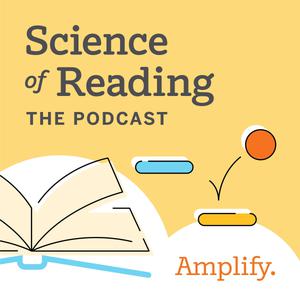 Science of Reading: The Podcast
Science of Reading: The Podcast
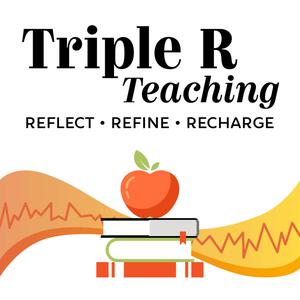 Triple R Teaching
Triple R Teaching
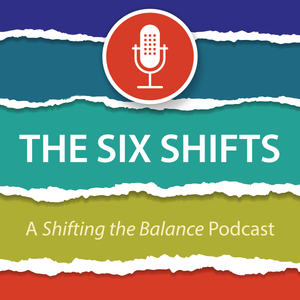 The Six Shifts
The Six Shifts
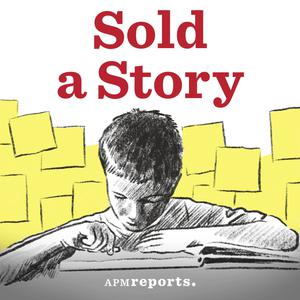 Sold a Story
Sold a Story
 The Cult of Pedagogy Podcast
The Cult of Pedagogy Podcast